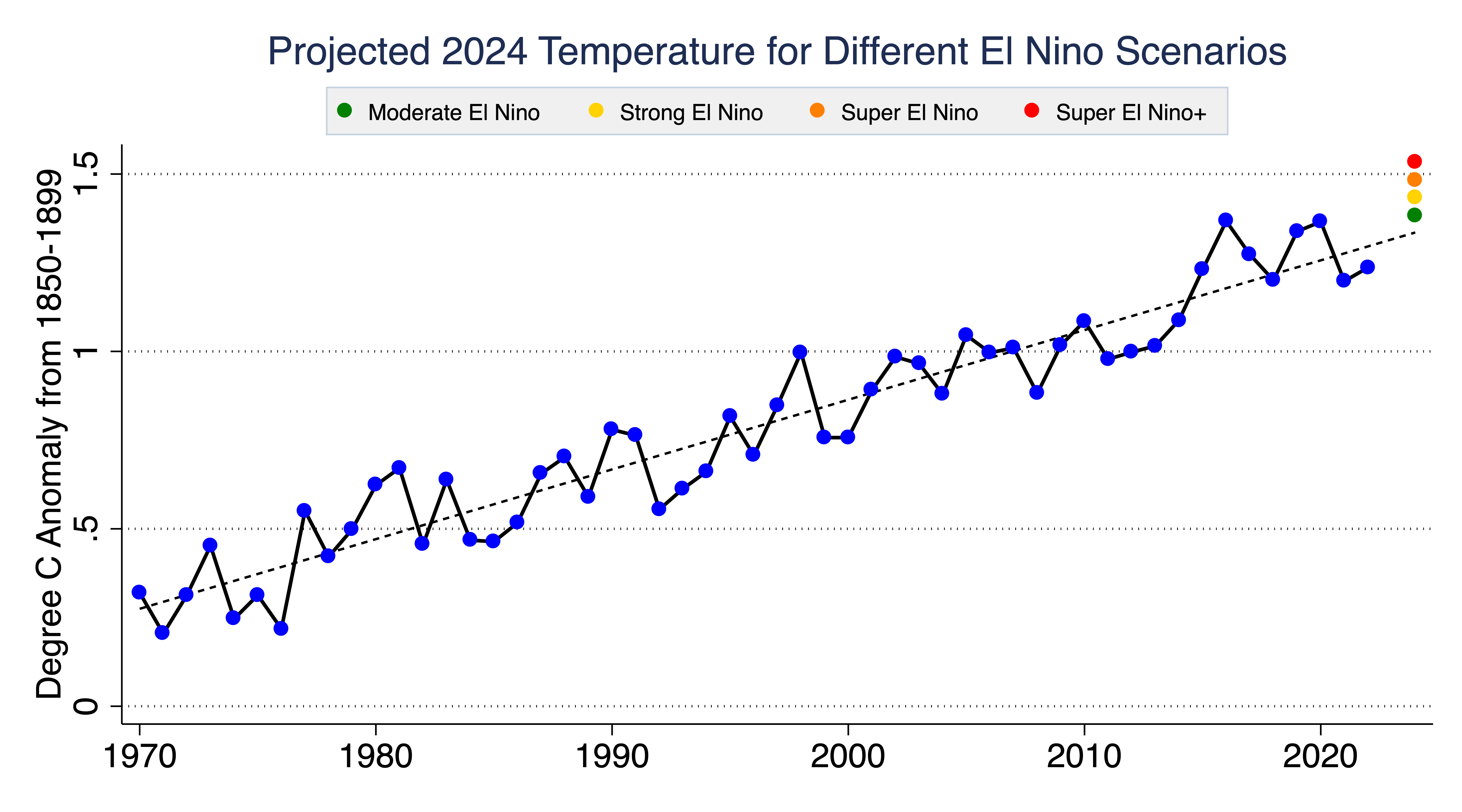Analyzing Tulsa's Winter Weather: Key Data And Trends

Table of Contents
Average Temperatures and Historical Data
Historical Temperature Trends
Tulsa's winter temperatures, like many areas, show long-term trends. While historical data reveals periods of extreme cold, a general warming trend has been observed over recent decades. Understanding these trends is crucial for effective winter planning.
- Average High/Low Temperatures: December averages highs around 47°F and lows around 29°F; January highs average 45°F and lows around 27°F; February highs climb to 52°F and lows to 32°F. These are averages, and significant variations occur year to year.
- Comparison to National Averages: Tulsa’s winter temperatures are generally milder than many areas in the northern United States, but colder than the southern states.
- Notable Temperature Extremes: Records show both exceptionally cold snaps and unusually warm periods, highlighting the variability of Tulsa winters.
Analyzing Temperature Fluctuations
Tulsa's winter weather is notorious for its fluctuations. Sharp drops and rises in temperature are common, often influenced by short-term weather patterns moving across the region.
- Significant Temperature Swings: A common scenario involves a mild period followed by a sudden arctic blast, leading to significant temperature drops within a few days.
- Influencing Factors: These fluctuations can be attributed to several factors, including the passage of arctic air masses (bringing frigid temperatures) and Chinook winds (resulting in rapid warming). The geographic location of Tulsa, situated in a transitional zone, makes it susceptible to these weather shifts.
Snowfall in Tulsa: Amount and Frequency
Historical Snowfall Data
While not known for heavy snowfall compared to northern states, Tulsa does experience snowfall each winter, sometimes with significant accumulations. Studying historical data provides valuable insights into snowfall patterns.
- Average Snowfall: Annual snowfall averages vary, but generally hover around 5-10 inches. Individual winter months rarely receive more than a few inches of snow, but intense snowfall events can significantly alter these averages.
- Years with Above/Below Average Snowfall: Some years see far more snow than average, while others have minimal accumulation, underscoring the unpredictability of Tulsa snowfall.
- Record Snowfall Events: Tulsa’s record snowfall events have caused significant disruptions, highlighting the need for preparedness.
Snowfall Patterns and Predictions
Analyzing past snowfall reveals some patterns, though long-range predictions remain challenging. The timing and intensity of snowfall are highly variable.
- Typical Timing: Snowfall is most likely during December, January, and February, but can occur in November or March in some years.
- Areas Prone to Heavier Snowfall: Certain areas within Tulsa might experience slightly higher accumulation due to microclimates or geographic features.
- Challenges in Prediction: Accurately predicting snowfall amounts remains a complex task, as many factors (e.g., atmospheric conditions, temperature profiles) influence the amount and duration of snowfall.
Ice Storms and Freezing Precipitation
Frequency and Severity of Ice Storms
Ice storms pose a significant threat in Tulsa, potentially causing widespread power outages and hazardous travel conditions. Understanding their frequency and severity is critical.
- Notable Ice Storms: While not as frequent as snowfall, Tulsa has experienced impactful ice storms in the past, leading to extensive damage and disruption.
- Duration and Impact: Ice storms can linger for extended periods, causing significant accumulation of ice on trees, power lines, and roads, leading to widespread power outages and transportation difficulties.
- Potential for Power Outages and Travel Disruptions: Ice storms can significantly impact daily life, disrupting power, causing road closures, and leading to school and business closures.
Preparing for Icy Conditions
Preparing for icy conditions is crucial for safety and minimizing disruption. Taking proactive steps can make a significant difference during an ice storm.
- Safe Driving Practices: Reduce speed, increase following distance, avoid sudden braking or acceleration, and consider staying home if conditions are severely icy.
- Preparing Homes for Power Outages: Having backup power sources (generators, batteries), non-perishable food, water, and warm clothing is recommended.
- Preventing Falls on Icy Surfaces: Use caution when walking on icy surfaces, wear appropriate footwear, and use ice melt on walkways.
Conclusion
Analyzing Tulsa's winter weather reveals a pattern of unpredictable temperature fluctuations, occasional snowfall, and the potential threat of significant ice storms. Understanding these trends and preparing for various winter weather scenarios are crucial for residents. Stay informed about Tulsa's winter weather by regularly checking reliable weather forecasts and taking steps to mitigate the potential risks. Prepare for Tulsa's winter weather conditions and understand Tulsa's winter weather trends to ensure safety and minimize disruption during the winter months. For reliable weather information specific to Tulsa, consult the National Weather Service or reputable local news sources.

Featured Posts
-
 Justice Sought By India Analyzing Rubios De Escalation Proposal
May 02, 2025
Justice Sought By India Analyzing Rubios De Escalation Proposal
May 02, 2025 -
 Italy Vs France Six Nations Irelands Six Nations Prospects Under Scrutiny
May 02, 2025
Italy Vs France Six Nations Irelands Six Nations Prospects Under Scrutiny
May 02, 2025 -
 New Us Vaccine Watchdog Program Addresses Measles Crisis
May 02, 2025
New Us Vaccine Watchdog Program Addresses Measles Crisis
May 02, 2025 -
 Find The Winning Numbers For Lotto Lotto Plus 1 And Lotto Plus 2
May 02, 2025
Find The Winning Numbers For Lotto Lotto Plus 1 And Lotto Plus 2
May 02, 2025 -
 Dalla Star Priscilla Pointer Dead At Age 100
May 02, 2025
Dalla Star Priscilla Pointer Dead At Age 100
May 02, 2025
